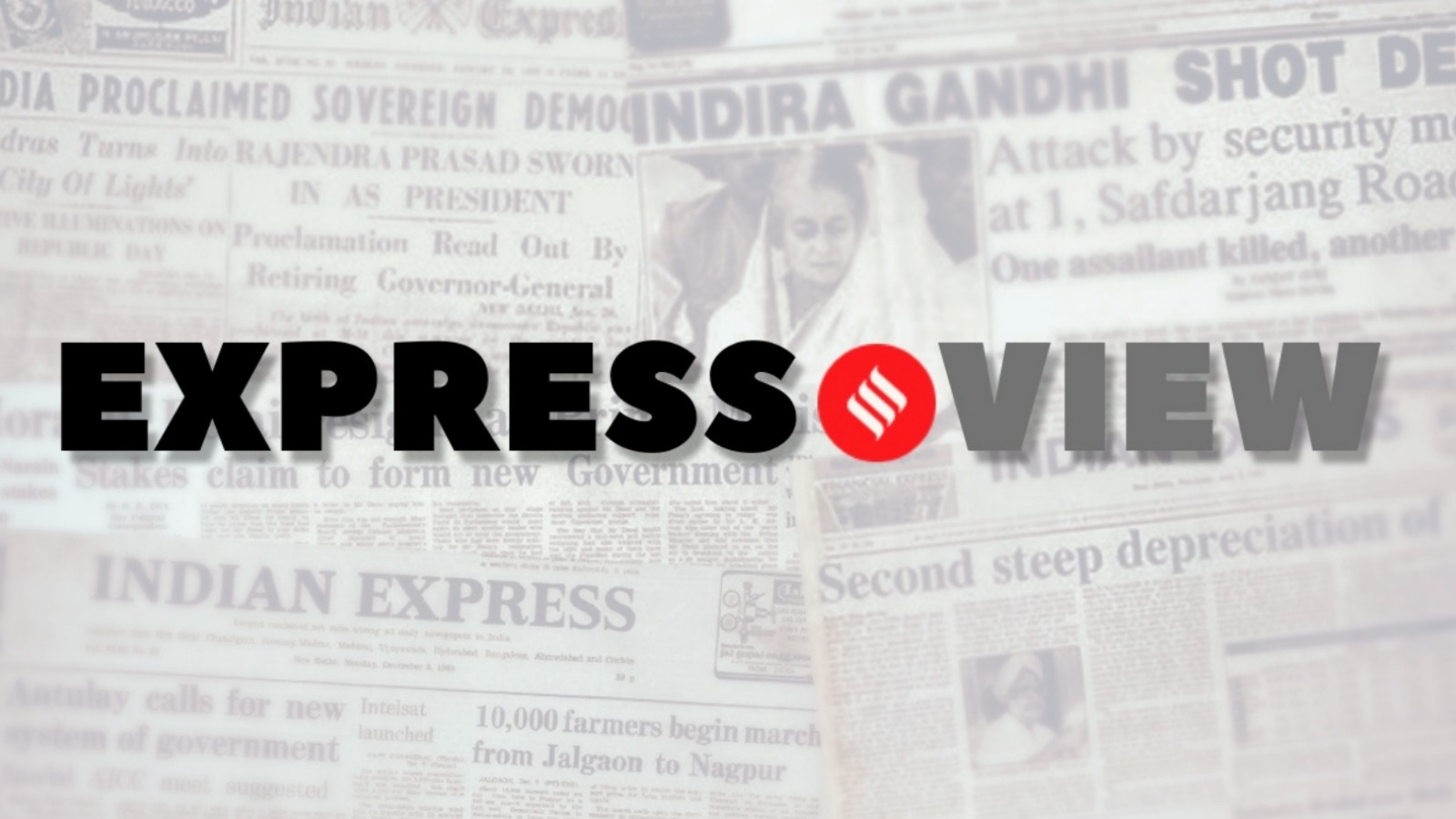On Wednesday, the Lok Sabha handed the Telecommunication Invoice, 2023. As soon as handed by the Higher Home, it’s going to exchange the Indian Telegraph Act 1885, The Wi-fi Telegraphy Act 1933, and the Telegraph Wires (Illegal Possession) Act 1950, a few of which date to the colonial period. The brand new Invoice proposes vital and far-reaching adjustments within the regulatory structure governing the telecom sector in India. It permits for the executive allocation of spectrum for satellite tv for pc broadband companies. It has additionally sought to simplify the licencing regime, and streamline the processes. It has saved communication and OTT companies outdoors the ambit of telecom rules. The Invoice additionally permits the Central authorities to take over management and administration of telecommunication companies within the curiosity of nationwide safety or within the occasion of a conflict, and for governments, each central and state, to take short-term possession of telecom companies or networks in case of a public emergency.
Spectrum task is a contentious subject that has generated a lot debate previously. Because the Supreme Court docket’s ruling in 2012, spectrum has been auctioned. Within the case of spectrum for satellite tv for pc broadband, the Invoice paves the best way for administrative allocation on the grounds that it might create the house for extra gamers, notably the start-up ecosystem within the house sector, and have a moderating affect on costs. The Invoice has additionally introduced readability on the difficulty by clearly itemizing the areas the place spectrum can be assigned by public sale and the place will probably be allotted on an administrative foundation; any addition to the checklist past the 19 areas specified within the Invoice’s schedule the place spectrum will be administratively allotted must be accepted by each Homes of Parliament. The Invoice has additionally sought to offer readability on the telecom companies. Whereas the 2022 draft had included companies like WhatsApp and Telegram as telecommunication companies, this Invoice has stepped again. It additionally seeks to get rid of the anomaly concerning the regulation of OTT companies — content material OTTs are beneath I&B Ministry and apps like Whatsapp and Telegram with the MeitY. The excellence between the community layer and the appliance layer (wherein OTTs lie) has been maintained. The Invoice has additionally sought to merge most of the licences, registrations and permissions right into a single authorisation course of. This may ease the regulatory burden.
One other space of departure from the sooner draft is on the difficulty of the regulator’s powers. There have been issues that the draft invoice was whittling down the TRAI’s powers in areas similar to tariffs and dispute decision, and that amending Part 11 of the Trai Act, could be to the detriment of the sector. Nonetheless, the Invoice has saved the powers of Trai unchanged. It has additionally carried out away with sure tough provisions associated to the insolvency of telcos, and has additionally introduced in a tiered construction for settling disputes. By doing so, the invoice has offered readability on a number of vexed points and has introduced in some much-needed adjustments within the regulatory framework.




